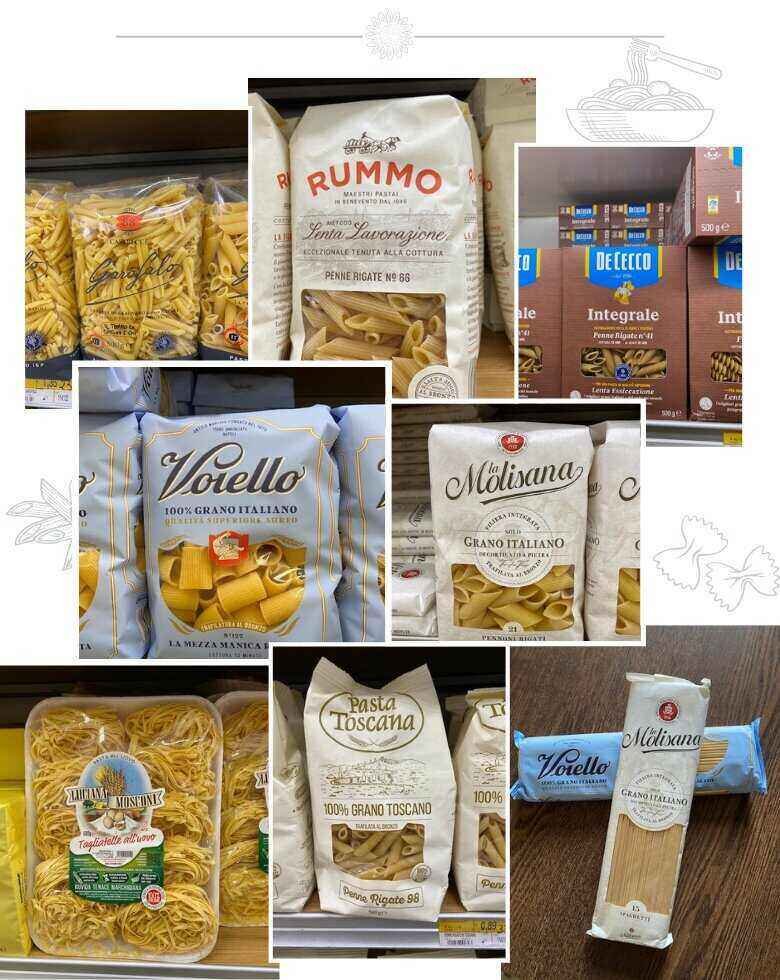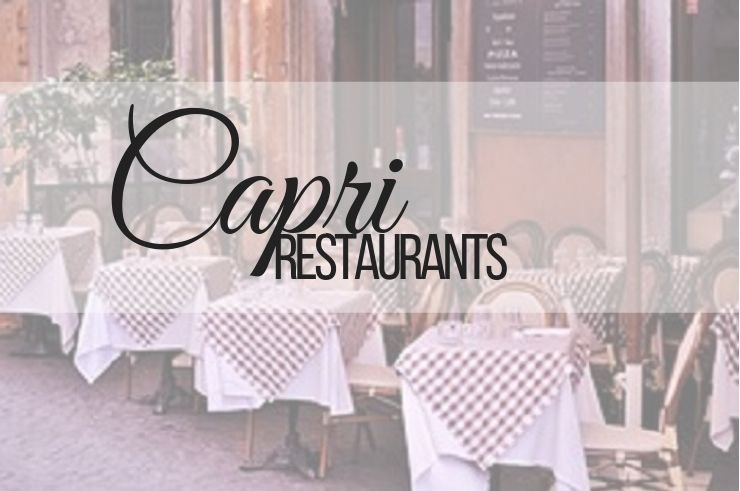Most of us growing up in “non-Italian” families grew up with dried pasta. For me, it was every Friday night with fish sticks. How funny that is still a vivid memory of my childhood. Now, I can’t say the same is true for those that grew up in a true Italian family. I’m sure Nonna or Mamma made fresh pasta. Perhaps not every day – but probably on special occasions. Growing up I never tasted fresh pasta.
This post contains affiliate links that help keep this website running. By purchasing through our links, we make a small commission at no extra charge to you. Thank you for your support!
Fresh Pasta
Eggs and flour make up fresh pasta. Usually all-purpose flour or “00” high-gluten flour. The dough is kneaded like bread and then rolled out with a rolling pin. You can also put it through the rollers of a pasta machine. Your shapes are then created.
Cooking fresh pasta is different in the fact it takes less time to cook, usually just a few minutes. But I think that it just depends on what you are serving. Fresh pasta is best served with delicate sauces where the pasta itself will be the star of the show. This means sauces made with cream, tomatoes, cheese, butter, herbs, and olive oil.
Normally, you will find fresh pasta more expensive than dried. Perhaps that’s why most people tend to assume fresh is better than dry.

Stay with me…
Dried Pasta
Dry pasta is made from finely ground semolina flour and water. The dough is then pushed through various shaped molds. The pasta is dried at a low temperature until all moisture has evaporated. This takes several days. If properly sealed, dried pasta can last for quite a long time.
This type of pasta is best suited for hearty dishes with heavy sauces – like a ragu. That’s not to say that this is the law. Dried pasta has more sauce variables available than fresh because it is a firmer less delicate pasta.
An important note about dry pasta. Research before purchasing and see if the brand uses a bronze extrusion. This is a superior way to make (cut) pasta. Another thing to consider is the texture of the pasta. When COVID began, there were photos posted on social media of the pasta aisle in Italian grocery stores. The pasta aisle was empty except for a few bags of smooth pasta. The bags with texture or ridges were gone! Why? The ridges give the sauce something to “cling” to.

Sauce and Geography
A big rule to remember. Your choice of pasta depends largely on the sauce. Dried versus fresh is mostly determined by how you are going to “dress the dish.” Dressing the dish refers to the sauce. The choice of sauce, in Italy especially, depends on where you are located. In Italy, your location on the peninsula.
It’s a well-known fact that the northern part of Italy has historically been more wealthy than the south. Invented in the north were thicker, fresh pasta like pappardelle and tagliatelle often served with butter-based sauces. In Emilia Romagna, the land of Parmigiano-Reggiano – cows have beautiful grasslands to make amazing butter and milk. Hence, these are the types of sauces found here.
In the south, however, butter sauces are not the norm. Here tomatoes and the most delicious olive oil is in abundance. A hearty pasta is usually found in the south. That does not mean that fresh pasta is not used here – on the contrary. But it’s the heavier sauces that will be prevalent on the menu.
Conclusion
Neither kind of pasta is superior to the other. They’re just different! In the end, it is up to you. But I will say, I’ve looked in many cupboards of friends in Italy and they have plenty of dry pasta on the shelves. But – what I have learned is that buying high-quality dried pasta makes all the difference in the world. After trying some of the brands above – it will be difficult to go back to purchasing the store brand. Perhaps I’ll leave that for use in soups and stews.
Just a personal note…

Bottom line?
It all comes down to personal taste. Both kinds of pasta are made from the same basic ingredients. It comes down to flour and water. Fresh pasta can contain eggs, and how many depends on the size batch of pasta you are making. But does dried pasta contain eggs? No. Dried store pasta is without eggs for many reasons. Water is cheaper than eggs.
What’s your favorite pasta?










I recently discovered the Martelli pasta factory in Lari. It is now my favorite. I have to look for it when I return to the US. It’s only an hour away. So for now, I’ll drive to Lari and stock up.
That is a brand I have not seen but now will be on the lookout! I never thought they had such different tastes – but they indeed do! Thanks so much for the comment!!
Great observations. Yes, my husband grew up in Brooklyn and they call it sauce. We make fresh ravioli and manicotti. My husband used to wait on long lines to buy at Pastosa in Brooklyn and Staten Island. My husband is great at making the manicotti shells while I prepare the filling and roll. The kids make the antipasto, set the table and fill the flutes for our Prosecco toast in our beautifully restored farmhouse. We lived in the house through the four year renovations and can now celebrate.
No Italian (or Italian food loving) home is complete without pasta asciutta because of its ease. So when it comes to making dinner quick I reach for the dried pasta but the taste and bite of fresh is always a more pleasurable experience for me. So it wins for me. Plus, my husband thinks it’s fun to make pasta because it reminds him of his Nonna and thus, we have fresh pasta in the freezer all the time which is my favorite option!
Ahhh Brandy – great information. Thanks for commenting and sharing!
Pasta class! Love it. And the dried vs fresh debate makes much more sense now. Thanks so much for this one.
Thanks, Fiona for the comment! It’s still a debate people feel passionate about!